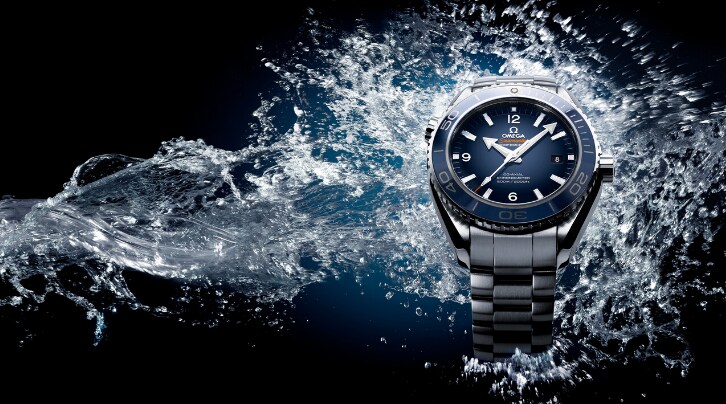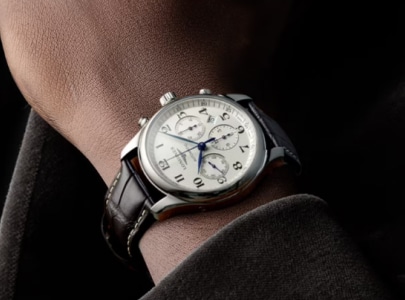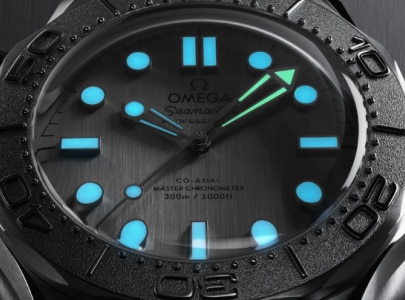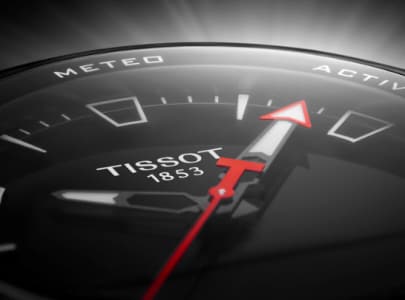Choosing a diving watch is not an easy decision.
These watches have certain features that are inextricable from their history, which dates back to the diving pioneers of the 1930s. These watches often make a statement with their substantial diameters and resistant straps (which are more conspicuous than a typical city watch strap), as well as bold indexes to ensure the indicators and dials can be seen and read easily.
A diving watch is therefore a technical device first and foremost, designed as an aid for survival at sea rather than a purely aesthetic accessory.
Have you ever wondered why all diving watches have round faces?
Because square watches do not provide optimal water-tightness. It’s important – essential even – for a diving watch to be waterproof up to 200m, or ideally 500m. This figure should be inscribed on the casing, which in turn should be screwed down (along with the crown).
The more features the watch has to protect these sensitive parts, the more waterproof your watch will be. It's also important to watch out for pushers, which often cause water to enter the casing.
Another good sign that you’re dealing with a real diving watch is a helium release valve on the casing, which makes it possible to regulate pressure as necessary as you go deeper into the water (or return to the surface).
The helium release valve can usually be found on the edge of the casing, if it isn’t directly visible on the crown. It serves to release any helium that may have become trapped in the casing during a dive.
One of the top qualities to look for in a good diving watch is of course readability.
Underwater, where there is less light and visibility is obscured by diving masks, condensation and reflections, being able to see your (remaining or elapsed) diving time clearly is a matter of survival.
This is why it’s so important to have a unidirectional bezel that displays a perfect reading. Anti-reflective glass made from sapphire crystal – the most resistant material available – with an anti-scratch coating is also required for optimal conditions.
Fluorescent hands are another indispensable feature, as well as fluorescent indexes. Luminova or Super-Luminova luminous pigments are among the best technical solutions available.
And now for the tricky part: if you're diving with a mechanical watch, your watch mechanism has to work absolutely perfectly.
Ideally, the calibre of your diving watch should have a COSC certification (from the Official Swiss Chronometer Testing Institute), a guarantee of quality, reliability and longevity. This is important when you’re diving several metres deep and the mechanisms in your watch are subjected to a pressure that is sometimes several times normal air pressure.
Ideally, your watch should also comply with the NIHS 92-11 or ISO 6425 standards, which provide the best guarantees for all of the possible technical features combined.
Last but not least, the detail that makes all the difference between diving watches and those that are intended as accessories for amateur explorers is the adjustable strap, which enables you to wear your watch over a neoprene diving suit.
A watch strap extension, whether it's rubber or stainless steel, is absolutely essential. It’s also worth bearing in mind that the diameter of your wrist decreases underwater as a result of pressure. It’s therefore better to choose a watch that can be adjusted to just the right size and that adapts to whatever conditions it's exposed to.
In short, when it comes to choosing a diving watch, practicality really does come first.



